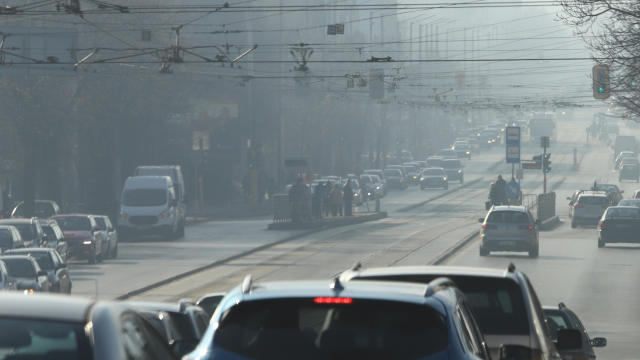The first city to implement a temporary low-emission zone for air pollution in Eastern Europe was Sofia, Bulgaria, but it was only in effect for three months of the year.
Will Sofia's air quality improve now that the city has its first low-emission zone?
In December 2022, the Sofia Municipality established a low-emission zone for vehicles, a pioneering feat in Central and Eastern Europe. Beginning December 1st, 2023, during the current heating season, the zone will remain in place until February 2024 comes to a close. Even though we are just a few days away from the start date, the execution control of the regulations is still unclear and quite complicated.
More and more cities across Europe are prioritising cleaner air regulations. As a result of Sofia's depressing ranking as one of the EU's most polluted capitals, the Sofia Municipality has taken measures to decrease the main air pollutants, especially those caused by road mobility and solid fuel heating. One fundamental strategy for combating polluted air that has been used globally is the establishment of certain limits for the passage of vehicles on the busiest urban roads. In a comparable vein, the Metropolitan Municipality operates.
All vehicles are required to undergo an annual technical check, during which their environmental group is determined and a special sticker is placed on the windscreen to indicate this.
All new cars are required to adhere to the Eurostandard, regardless of the year they were manufactured.
Vehicles falling into categories M1 (with a maximum of 8 seats plus the driver) and N1 (intended for cargo transportation and weighing less than 3.5 tonnes) will be subject to the restrictions in stages, as outlined in the Ordinance. Starting in 2023 with Environmental Group 1 and concluding in 2027 with Environmental Group 3, the range of prohibited vehicles will be enlarged annually to maximise the zone's impact. /BGNES







